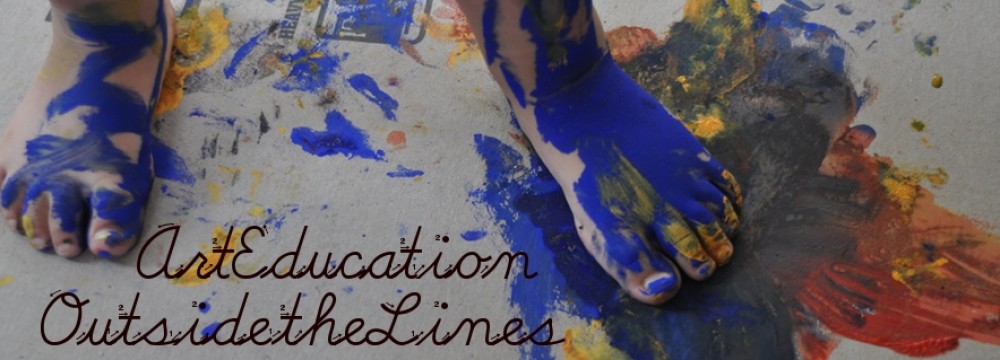“It’s a funny thing coming home. Nothing changes. Everything looks the same, feels the same, even smells the same. You realize what’s changed, is you.”
from The Curious Case of Benjamin Button
At the end of our students’ capstone project defenses, my colleague Craig Roland routinely asks what they will take away from their research experience and time in the program. Tonight I am sitting back at home in Columbus, OH asking myself the same question about my time at the 2013 National Art Education Association convention that just ended in Fort Worth, TX. Following, is an answer to myself, in three parts. (Craig, if you’re reading, consider this thanks for your help securing funding to help pay for my trip.)
First and foremost, I am grateful for the chance I had this past week(end) to reconnect with old classmates, professors, colleagues, students, and acquaintances. Although I hadn’t been to the conference in six years, it felt like just yesterday that I saw most of these folks. Little seemed to have changed. I felt pleasantly welcome back in the clubhouse. Noone was judging me for not being on the tenure track somewhere. In fact it seemed, in many cases like just the opposite was true. People were jealous of some of the freedoms i enjoy, like not having to publish, lest I perish and not having to spend time serving on committees or attending faculty meetings.
Many people asked me about teaching online. Some were just curious about how we organize and manage courses at the University of Florida while others wanted to know about my personal experiences with this kind of teaching – was it really more work (that seems to be the rumor going ’round), did I feel as connected with my students as I did when I was teaching face-to-face… It was nice to feel like an expert of sorts about something. It sounds like more and more programs are adding online and hybrid courses. Who knows. In years to come I might just be known as some sort of pioneer.
Finally, I did recognize that I am a bit theory-averse. It starts with the fact that I would much prefer to read and learn through stories than explications of theories. But it cuts deeper that that. I am excited by theory but feel it is cumbersome. Too often, I find it is treated as the main thrust of people’s presentations rather than a bolster for their reports on successful teaching and learning. Theory is most useful when it is put to use, applied to strong examples which it helps elucidate and give meaning. So, I’m going to recommit myself to identifying theories and theorists who resonate with and help flesh out my thinking here, but I hope to present these ideas in a manner that is engaging not only to people inside, but also outside academe.
Six years ago, when I last attended NAEA I was a bright young thing, focused on one single goal, life in the ivory tower wearing a tenure golden. Today, I realize I need more, or less depending on how you look at it, to be happy. So, while I felt surprisingly at home with my academic friends and colleagues, and worry a bit about the long-term course of my career, for the moment I’m happy being who and what I am, a work-from-home art educator.
What did you take away?




